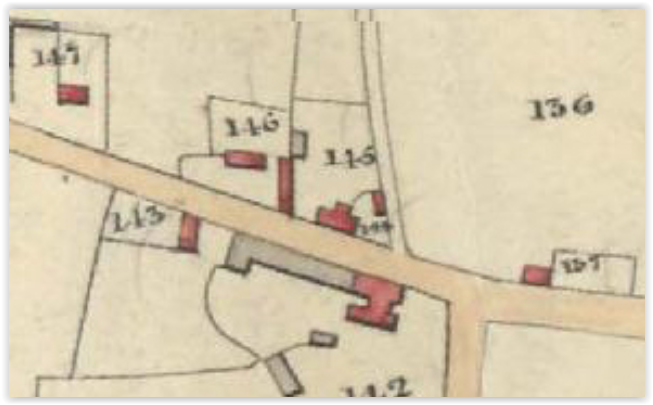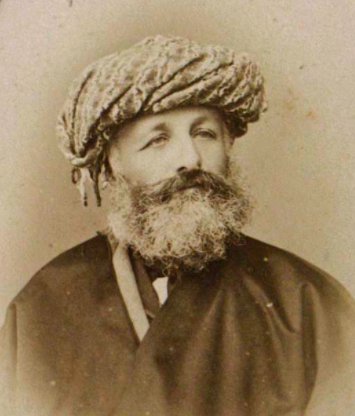The next member of the family to be significant is Anthony Hamond* who was born in 1742 in West Acre the son of Robert Hamond and Elizabeth Swan. His grandfather, was the Anthony Hamond mentioned above, who married Susan Walpole the daughter of Robert Walpole of Houghton in about 1708. An old document I have recently seen records that Anthony* had inherited the Hamond property here.
Anthony* married Sarah Case in St. Margaret’s Church King’s Lynn on the 7th April 1779. They lived in Westacre High House and had seven children. Nathaniel, Sarah1, Anne, Anthony, Philip, Susan2, Robert3 and Harriet. Their mother Sarah died on December 27 1806 and was buried in South Wootton.
Anthony* then married Polly Amelia Payne and they had two more children, Richard and Sarah. Anthony died in 1820 and was also buried in South Wootton.
Anthony’s* daughter Susan2 married Henry Elwes, the son of John Elwes and Margaret Olley of Colesbourne in Gloucestershire, on June 8th 1813 in Westacre. She brought to the marriage as a dower the Congham properties. They had nine children. Susan, Emily, John Henry4, Catherine, Maria, Robert5, Charlotte Ann, Margaret, and Frances. From the birthplaces of their children we can see that Henry and Susan2 moved between Congham House and Colesbourne Mansion in Gloucestershire the home of Henry’s family.
The next family member of significance to this history is Robert3, the brother of Susan2.
I was fortunate to be given access to a Conveyance Document dated 1868 by the present owners of Mecklenburg House. From this document I learnt of the last Will and testament of Robert Hamond3 the son of Anthony Hamond* and Sarah Case; he lived in Swaffham at the time. The will was drawn up on the 25th January 1830 and in it Robert leaves his property in Dersingham and Shernborne to his sister Sarah1. Three Trustees are appointed to carry out his wishes in relation to the will, Thomas Beauchamp, James Hoste and Henry Dugmore. On the death of his sister Sarah1 he stipulates that the property should pass to his nephew Robert Elwes5. Robert Hamond3 died in 1831 and was buried in South Wootton.
In the same document I learnt that in 1832 and 1833 there were two further Indentures negotiated with the Trustees by Henry Elwes, husband of Susan2, by which on payment of £200 and a further £400 he acquired several of Robert’s3 Dersingham properties.
The Tithe map and Schedule of 1839 now gives us a complete picture of all the properties in Dersingham owned by the Elwes family, namely Henry Elwes and his son Robert5.
Henry Elwes is the landowner of the property he acquired from Robert Hamond3 including:







